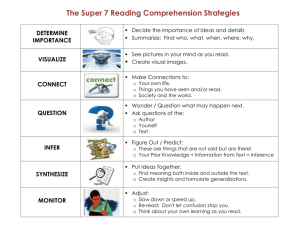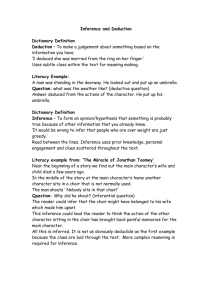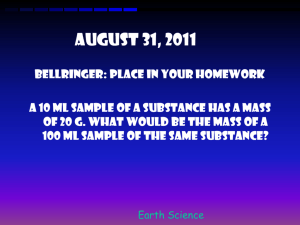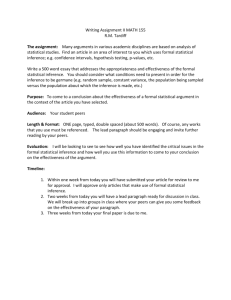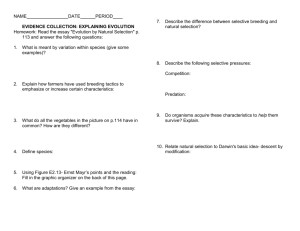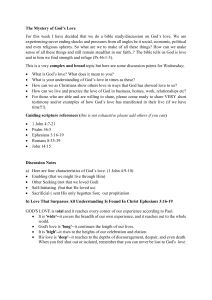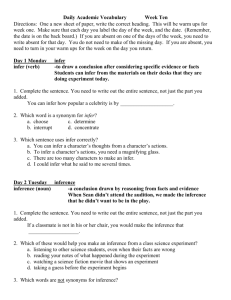Making Inferences
advertisement
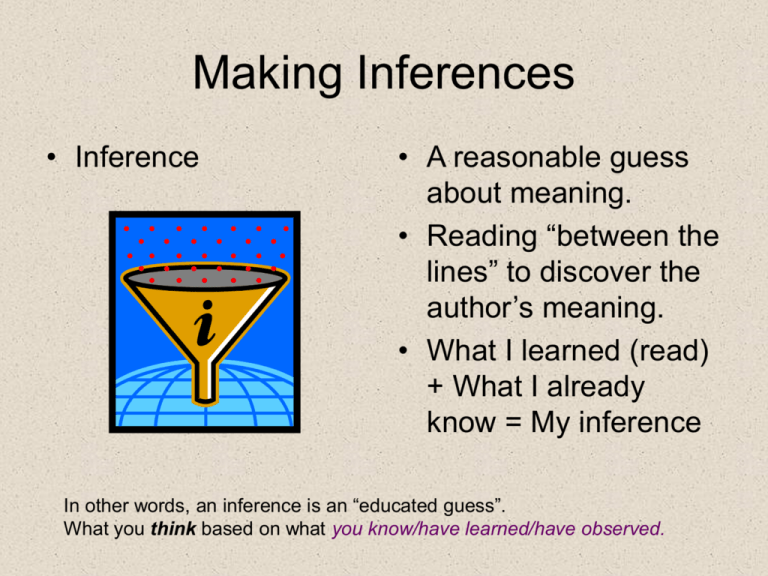
Making Inferences • Inference • A reasonable guess about meaning. • Reading “between the lines” to discover the author’s meaning. • What I learned (read) + What I already know = My inference In other words, an inference is an “educated guess”. What you think based on what you know/have learned/have observed. Let’s do some real world examples—then we will apply our understanding of inference to something we have read. The classroom is quiet. Suddenly, the girl next to you shivers and slides on her jacket and then rubs her hands together before continuing with her assignment. What can you infer from this statement? --it’s cold in the classroom --it’s winter time --she is in Mrs. Henry’s class :-) Why? --”The classroom is quiet.” --the girl “shivers’ and puts on her jacket --the girl “rubs her hands together” --your experience (indirect evidence) Another example-- It’s about 6 pm and you hear noise in the kitchen. In the kitchen you find your grandma standing over a pot of boiling water. Into that water she is dropping long, thin pasta. In another pot, you see red tomato sauce—the aroma is making your mouth water! What can you infer? --grandma is cooking --grandma is making spaghetti --grandma is making spaghetti for dinner How do you know? --it is around “dinner time’ --boiling water/pasta --red tomato sauce --your experience (indirect evidence) Now for a more academic example . . . . Let’s read the VERY short story Spite by Sam Silva Then we will answer a few questions that require using inference to answer. Why is the title an appropriate one for this story? ap⋅pro⋅pri⋅ate –adjective 1 suitable or fitting for a particular purpose, person, occasion, etc.: . an appropriate example; an appropriate dress. spite –noun 1 a malicious, usually petty, desire to harm, annoy, frustrate, or . humiliate another person; bitter ill will; malice. 2 a particular instance of such an . attitude or action; grudge. Definitions supplied by dictionary.com Hint: The word “why” tells you that it is already assumed that the title IS appropriate! Let’s answer the question!!! Next question . . . Is Seth a religious person? This seems to be a yes/no question . . . Explain your inference. Where in the story did I get the idea that Seth was/was not religious? Where’s my proof? Where’s my EVIDENCE? Let’s answer the question!!! Try the next question on your own . . . (it’s also a yes/no question!) and then explain your answer. Last question: What do you think the mother meant by “games with string”? When you are asked questions that begin “What do you think”—it is to be assumed that you are EXPECTED to support your thoughts And interpretations with proof/EVIDENCE from a source (in this case the story) What we have done in this small assignment is answer open-ended type questions, much like the types of questions posed on your state exams! Look at these: What is the major conflict in Around the River-bend? Be sure to support your answer with evidence from the text. How did the little boy change from the beginning of the story to the end in The Friendship? Be sure to support your answer with evidence from the text. Why was Florence Nightingale's family so opposed to her becoming a nurse? Be sure to support your answer with evidence from the text. Open-ended questions REQUIRE proof/EVIDENCE! The 4 I’s for O.E.Q.’s (Open Ended-Questions) • Idea • Insert • Interpret • Insight • What is my answer to this question? • Evidence from the text that supports my answer to the question. • “This evidence shows that . . .” Clarify how the evidence supports the answer. • What can we infer that the author is saying about life or the situation? “The Bigger Picture”
